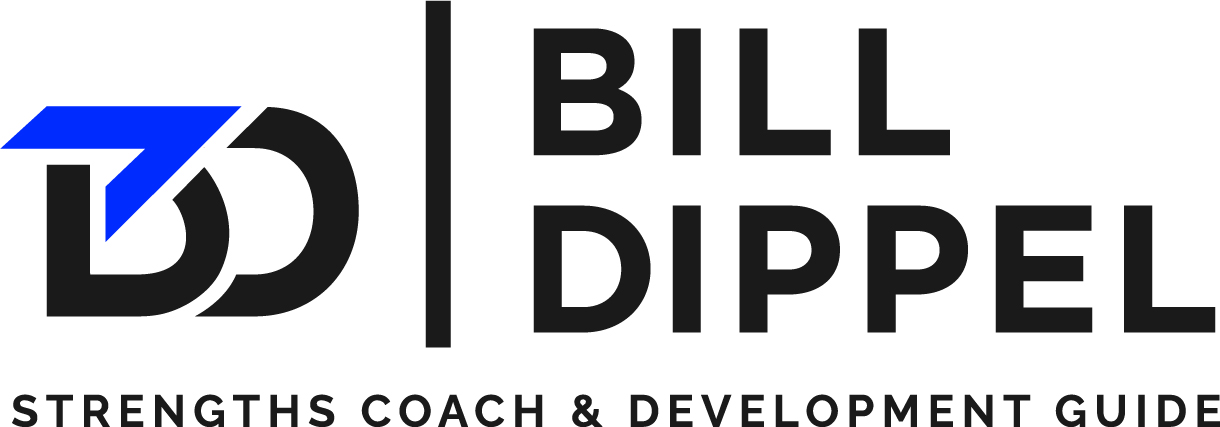Improve Your Leadership Skills with These 7 Key Competencies in 2023
If your New Year’s resolution list includes “improve leadership skills,” January is the perfect time to take stock of your strengths and opportunities for growth and study the competencies great leaders have in common.
Outstanding leaders know how essential it is to identify and hone their leadership abilities. To boost employee engagement, performance, and satisfaction, it is crucial to set clear objectives, create attainable goals, be truthful and upfront, and use strengths-based leadership to facilitate effective interactions.
Focusing on these seven common competencies is a great place to start if you’re looking to increase engagement among your employees while also honing your leadership skills.
“Leaders must facilitate engaging conversations with employees about their well-being, job expectations, and development goals.”
1. Improve leadership with transparency
Building a relationship with employees starts with transparent communication. We’re often taught to “keep things professional,” but according to Gallup, 55% of employees said they felt more engaged with their manager and work when they could freely discuss non-work-related issues. It makes sense to consider the whole person when focusing on an employee’s performance. Life stressors and personal achievements can help motivate employees—or demotivate them. Their work life is only the tip of the iceberg.
Awareness of an employee’s non-work challenges can also help managers build relationships through empathy and understanding, which can tell managers when to push an employee further or pull back during challenging times. Building a relationship with employees makes them more likely to bring difficult work-related conversations to you before issues fester. It also makes managers more likely to see problems coming and address them head-on. Great, well-trusted managers can keep employee engagement high.
But, before you begin, consider what your boundaries are with your employees before delving too deep into anyone’s personal life—there’s a difference between actively listening and getting involved.
2. Using strengths-based leadership for hard and easy discussions
The CliftonStrengths Finder for managers is a great launching point as you improve your leadership skills. Self-awareness and a strong understanding of your team’s strengths will better prepare you to coach people and navigate the workplace.
Once managers have this tool, they can start creating more mindful conversations with their teams. Beginning a regular, two-way dialogue with your team allows you to see strengths, tripping points, places to intervene, and new challenges a person wants to take on more quickly. A manager’s job here is to shift deadlines, re-prioritize projects, address resource imbalances, and coach team members through new concepts or tasks that are unfamiliar to them.
Help paint a picture of success, demonstrate a vision for the future, and place your employee inside that painting to keep them motivated.
3. Acknowledging high-performance weekly
Infrequent performance-based meetings can leave a bad taste in people’s mouths, especially if those conversations focus exclusively on performance improvements. Like we said above, start with everyday two-way engagement.
Establish expectations of the person’s role early in the relationship, and be sure to occasionally check that their role, their tasks, job description, and your expectations all align. This conversation can happen annually or more frequently if the company is undergoing changes, new hires, significant new projects, or expanding/contracting scope.
 4. Establishing expectations with coaching conversations
4. Establishing expectations with coaching conversations
Leaders must facilitate engaging conversations with employees about their well-being, job expectations, and development goals. These coaching conversations are powerful tools that can help managers improve their leadership by showing support, cultivating performance, and strengthening employee development. Whether your team works fully on location, all at home, or hybrid, these communication skills can help managers keep in touch, help employees feel engaged and connected, and ultimately lead to higher performance, employee engagement, and profitability.
Check-in conversations or one-on-one meetings help managers and staff work through priorities, progress, goals, and challenges. These conversations should be, at minimum, once per month for 30-60 minutes. Some team members may want them more frequently, especially during growth phases. Never postpone or miss them, as it can immediately send the wrong message about priorities.
Don’t forget that in-the-moment feedback can supplement and fill in between check-ins. Positive reinforcement is best given immediately after a good job instead of waiting weeks or months—the same is true with correcting mistakes. Minor course corrections or kudos go a long way to enhance individual performance and work well for easy teachable moments.
Another type of conversation you want to intertwine with the others every six months or so is goal setting. This conversation is more formal and planned and can even have an agenda to celebrate successes and set future growth targets and goals. These meetings can happen more frequently but generally replace the idea of an annual review that looks backward because it, instead, looks forward.
5. Running meetings with these three questions: What worked? What didn’t? What’s next?
During team meetings, we ask these three questions to break through people’s innate fear of being judged in a group setting. Group settings often stop a lot of team members from sharing or engaging in collaboration—we’re sure you’ve seen employees who like to present their ideas in more controlled settings after a meeting.
When you treat your employees like stakeholders in the business and focus on their strengths, Gallup tells us we will see better outcomes and profitability. So, starting a conversation with “What worked?” helps foster an honest discussion that begins with encouragement.
Asking, “What didn’t work?” second allows people to provide feedback after the conversation starts positively. This question helps people discuss inefficiencies and obstacles that managers may be able to fix for future projects. Creating that space to be heard improves performance when employees are empowered to do better work.
Finally, when you ask, “What’s next?” managers can help the team look forward to future projects, make course corrections, eliminate tasks that no longer contribute to the goal, and re-allocate resources after learning what didn’t work.
During these conversations, active listening is paramount for any manager to practice. Active listening is a simple yet powerful tool to help you build trust and create more effective team meetings. To activate it, remember the three Ps:
- Paraphrase for better understanding. For example, after receiving feedback from your team, repeat what you heard back and ask if you missed anything.
- Process before moving into problem-solving mode. This will help you avoid interrupting, giving unsolicited advice, and interrogating.
- Prove that you are present by making eye contact and removing distractions
 6. Learn to accept feedback
6. Learn to accept feedback
We touched on the CliftonStrengths for Managers self-assessment earlier, but here is where it comes in handy. The report identifies a person’s top ten personal themes, indicating where to improve leadership skills, your current strengths, and how it affects team outcomes. Those outcomes include pros and cons, which help you focus on playing to your strengths as a manager.
It’s important to open yourself to that feedback because employees will also home in on your strengths and weaknesses that you might not even know you have! The manager’s report gives you a reflection to gain insights and helps you focus on playing to your strengths in your team environment.
Self-awareness will also help keep you accountable during the above conversations with employees. Holding yourself and others responsible for overall performance is easier when you understand your blind spots. That allows you to ask other managers or trusted staff to look for personal pitfalls.
7. Setting clear expectations and goals
It’s easy to lose focus and excitement for goals, which is why we recommend focusing on them at least twice per year instead of during old-fashioned annual performance evaluations
All goals should be SMART: Specific, Measurable, Achievable, Relevant, and Time-bound. Organizational and personal goals should use this method, which you can learn more about in our specific SMART goals primer. Ideally, individual employee goals are linked up with overarching organizational goals, too, so that everyone is moving toward the same vision, contributing to the whole, and can see where they fit into the organization’s future.
SMART goals allow great leaders to break up the pieces of the SMART puzzle during all the different types of conversations we mentioned above. A clearly laid out set of SMART goals per quarter or semi-annually allows managers to check in regularly with progress, adjust, provide valuable, timely feedback and support, and even create incentives to keep employees engaged and moving forward.
These goals keep everyone on task, moving forward with clear expectations that align with their job titles, descriptions, CliftonStrengths, and organizational progress. It’s the best way to wrap everything up in a neat little bow for success and profitability.
Final thoughts
We recommend putting a structure around implementing these seven methods, whether it’s a series of recurring calendar appointments, a personal to-do list, or a plan that goes into your existing personnel management system. The structure will help keep you and your team accountable for professional development, so time doesn’t slip away.
Start the year by setting an intention to ace these leadership competencies and employee retention, and you’ll end 2023 with a stronger organization.
Want to learn more about leveraging your inherent strengths to improve your leadership skills? Here are three easy steps to do just that:
- Schedule A Call. Set up a complimentary 15-minute call. We’ll discuss your needs/goals and how I can help you have conversations that count.
- Get A Plan. I’ll make custom recommendations based on your needs or the needs of your team and present a plan.
- Leverage Your Strengths. Apply your natural talents and abilities to become more effective and get a fresh lease on life.


Recent Comments